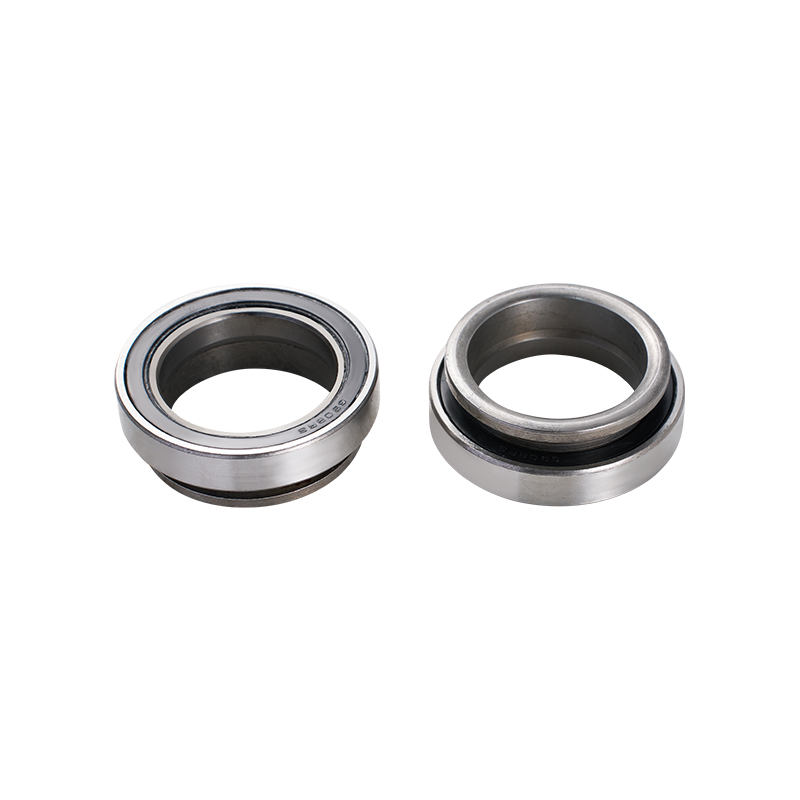When it comes to clutch systems, most riders and drivers don't realize how differently motorcycles and cars operate—especially in the design and function of their throwout bearings. Whether you're dealing with an Integra throw out bearing, a Mini clutch release bearing, or a motorcycle throw out bearing, understanding these differences is crucial for maintenance and performance.

1. Size and Design Variations
major difference lies in size and construction.
- Car Systems (e.g., Integra throw out bearing or Mini clutch release bearing):
Larger and built to handle higher torque loads
Often hydraulic in modern vehicles (especially in performance cars like the Integra)
Designed for frequent stop-and-go traffic use
- Motorcycle throw out bearing:
Compact and lightweight due to space constraints
Typically uses a mechanical cable or hydraulic actuation (depending on the bike)
Must endure high RPM shifts (some bikes rev beyond 10,000 RPM)
While an Integra throw out bearing might last 100,000+ miles in normal driving, a motorcycle throw out bearing often sees more aggressive wear due to constant clutch modulation in performance riding.
2. Engagement and Wear Patterns
How these bearings engage the clutch pressure plate differs significantly.
- Cars (Mini clutch release bearing example):
Uses a single, strong spring or diaphragm-style pressure plate
The throwout bearing only engages when the clutch pedal is pressed
Less frequent but heavier load cycles
- Motorcycles (motorcycle throw out bearing):
Often uses a multi-plate wet clutch (bathed in oil for cooling)
Riders feather the clutch more frequently, especially in slow-speed maneuvers
The bearing sees near-constant micro-engagement in traffic
This means a motorcycle throw out bearing wears differently than an Integra throw out bearing, often requiring more frequent inspection.
3. Lubrication and Cooling Needs
- Car systems (e.g., Mini clutch release bearing):
Usually sealed and pre-greased
Runs dry or with minimal lubrication
Overheating is special unless the clutch is abused
- Motorcycle throw out bearing:
Often lubricated by engine oil (in wet clutch systems)
Cooling depends on oil circulation
Contaminated oil accelerates wear
A failing motorcycle throw out bearing might start making noise much sooner than a car's because of its exposure to oil breakdown and clutch debris.
4. Replacement Challenges
Replacing these bearings varies in difficulty.
- Integra throw out bearing or Mini clutch release bearing:
Usually requires transmission removal
Labor-intensive but straightforward for mechanics
Often replaced as part of a full clutch kit
- Motorcycle throw out bearing:
Some bikes allow access without full engine disassembly
Requires special tools in certain models
More sensitive to improper installation due to tighter tolerances
5. Performance Upgrades
Enthusiasts often upgrade these components for better durability.
- Cars (Integra throw out bearing upgrades):
High-performance bearings with reinforced cages
Hydraulic conversion kits for smoother engagement
- Motorcycles (motorcycle throw out bearing mods):
Aftermarket bearings with improved heat resistance
Lightweight designs for quicker clutch response
Why This Matters for Riders and Drivers
- A failing Mini clutch release bearing might just make noise, but a bad motorcycle throw out bearing can cause sudden clutch failure mid-ride.
- While an Integra throw out bearing can often wait for a scheduled clutch replacement, motorcycle bearings need proactive checks.
- Maintenance intervals differ—motorcycles typically need more frequent inspections due to higher stress per mile.
Understanding these differences ensures you keep your clutch system—whether on two wheels or four—running smoothly for years to come.



 English
English русский
русский
